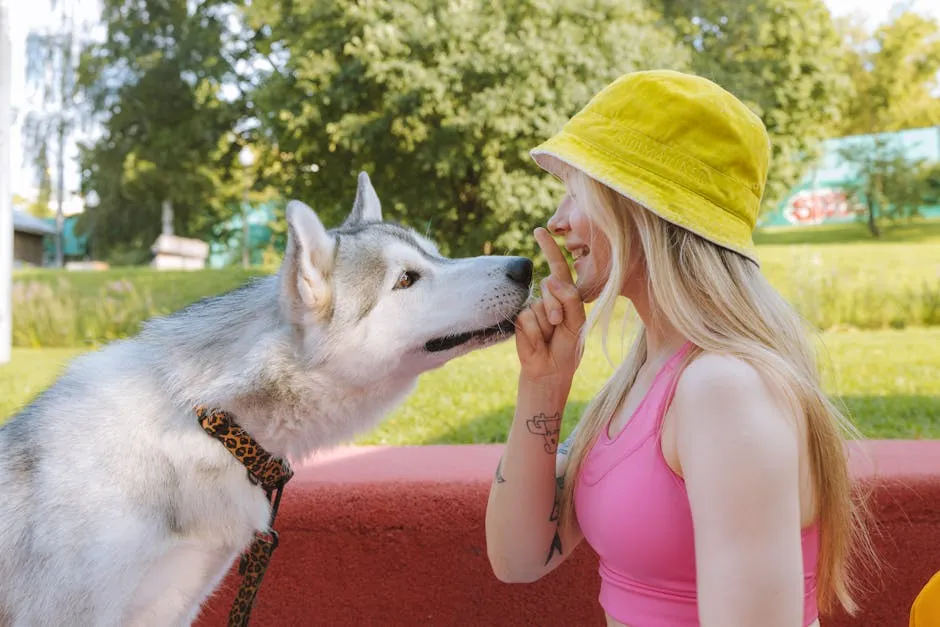Introduction
Have you ever heard of blue dogs? This term can refer to specific dog breeds with a striking blue coat. It also carries political weight, especially in American politics. Today, we’ll unpack the various meanings and cultural implications tied to “blue dogs.”
Summary and Overview
Blue-colored dogs hold a special place in the pet community. Breeds like the Australian Cattle Dog and Kerry Blue Terrier are celebrated for their unique traits and vibrant coats. These dogs often attract enthusiasts who appreciate their striking appearance and lively personalities.

However, “blue dog” isn’t just about canines. In politics, it refers to the Blue Dog Democrats, a group of moderate lawmakers. This coalition has shaped discussions around key issues for years.
Moreover, initiatives like “The Blue Dog” project focus on dog safety education. This program aims to teach children how to interact safely with dogs, reducing the risk of bites. Through engaging stories and role-playing, kids learn essential skills for safe pet interactions.
And speaking of safe interactions, every dog needs a good toy to keep them entertained and out of trouble! Consider the Australian Cattle Dog toy. It’s designed to withstand the chewing and tugging of even the most energetic pups.
The Blue Dog Breeds
Overview of Blue Dog Breeds
What exactly defines a blue dog breed? These breeds are known for their distinct blue coat coloration. The blue color isn’t a true blue but often appears as a silvery-gray or icy hue. This unique appearance results from specific genetic factors.

The genetic basis for blue coats involves a recessive gene that dilutes black pigment. Both parent dogs don’t need to have blue coats; they just need to carry the dilution gene. This can result in various shades, ranging from light blue to deeper, steely tones.
Common breeds recognized for their blue coats include the Australian Cattle Dog, Kerry Blue Terrier, and Weimaraner, among others. Each breed presents slight variations in their blue shades and markings, adding to their unique charm.
Popular Blue Dog Breeds
Let’s take a closer look at some popular blue dog breeds and what makes them special.
Australian Cattle Dog
This breed is known for its intelligence and high energy. With a smooth double coat, they can be blue, blue mottled, or even red. They require regular exercise and thrive in active households.

Kerry Blue Terrier
With a soft, curly blue-gray coat, the Kerry Blue Terrier stands out for its playful personality. This breed is both loyal and intelligent, making it a great family companion.
Weimaraner
These dogs are often described as elegant and athletic. Their short coat ranges from blue to gray. Weimaraners are known for their affectionate nature and need for regular physical activity.
Blue Lacy
Originating from Texas, the Blue Lacy is a versatile working dog. They have a smooth coat that varies in shades of blue. Known for their loyalty and energy, they excel in active environments.
Other Notable Breeds
Several other breeds can also display blue coats, including the American Staffordshire Terrier and the Chow Chow. Each breed brings unique traits, making them favorites among dog lovers.
Blue dog breeds are often popular due to their striking appearance and diverse personalities. Statistics show that these breeds attract enthusiasts who appreciate not just their looks but also their spirited temperaments. Whether you’re looking for an active companion or a loyal friend, blue dog breeds have something to offer.
And when it comes to grooming your furry friends, ensure you have the right tools! The Kerry Blue Terrier grooming brush is a must-have for keeping their coat in top condition!
Blue Dog Health Considerations
Color Dilution Alopecia
Color dilution alopecia is a genetic condition seen in blue dogs. It affects their coat, causing hair loss in patches. Dogs with this condition may show bald spots, especially on their backs, sides, and ears. This issue arises because the gene responsible for their blue coat also impacts hair follicles.

Symptoms often include thinning hair and skin irritation. If you notice these signs, consult your veterinarian. Preventive care can help manage the condition. Regular grooming can reduce skin irritation and promote healthy hair growth. Also, routine veterinary check-ups are crucial. Your vet can monitor your dog’s skin health and provide guidance on effective treatments.
Training and Care for Blue Dogs
Training and caring for blue dog breeds requires dedication and expertise. These breeds thrive on social interaction and mental stimulation. Early socialization is vital. Expose your blue dog to different environments, people, and other animals to build confidence. This helps prevent behavioral issues down the line.

Exercise is another key aspect of their care. Blue dogs, like the Australian Cattle Dog, have high energy levels. Aim for at least an hour of vigorous exercise daily. Activities like fetch, agility training, or long walks keep them physically fit and mentally engaged. A tired dog is a happy dog!
To aid in their training, consider using a Dog training clicker. It’s a simple yet effective tool that can help you teach commands and tricks in a fun way!
Grooming needs vary among blue breeds. Short-haired breeds require less maintenance than long-haired ones. Regular brushing helps remove loose fur and prevent matting. Also, check their ears and teeth frequently. Good dental hygiene is essential for overall health.
In summary, providing the right training and care is essential for blue dogs. Focus on socialization, regular exercise, and grooming to keep your dog happy and healthy. With love and attention, blue dog breeds can become wonderful companions.
Cultural Significance of the “Blue Dog”
Blue Dog Democrats
The Blue Dog Coalition, often called Blue Dog Democrats, plays a unique role in U.S. politics. Founded in 1995, this group emerged from a mix of conservative Democrats. They sought to address concerns after the Democratic Party experienced significant losses in the 1994 elections.

Historically, Blue Dogs have been known for their balanced approach. They focused on both fiscal and social conservatism. Over time, their stance has shifted toward a more centrist perspective, aiming for pragmatic solutions. Currently, the coalition consists of ten members. They represent various states, including Maine and California.
Key issues championed by Blue Dog Democrats include fiscal responsibility and healthcare reform. They advocate for bipartisan tax reforms and maintaining state-based healthcare markets. Their influence remains significant, especially in a closely divided Congress. As they navigate challenges, the Blue Dog Coalition continues to push for policies that resonate with moderate voters.
The Blue Dog in Education and Safety
The Blue Dog Project
The Blue Dog Project is an engaging program that educates children about dog safety. Its primary goal is to prevent dog bites among young kids. By teaching safe interactions, it helps foster a positive relationship between children and dogs.

The program uses interactive stories and role-playing to engage kids. Through fun scenarios, children learn essential skills for safely interacting with dogs. For instance, they discover what to do when encountering a dog or how to approach one calmly.
Teaching children about dog safety is crucial. Many dog bites occur due to misunderstandings or improper behavior around dogs. By educating kids early, we can reduce these incidents significantly. The Blue Dog Project empowers children with knowledge, ensuring safer communities for both kids and pets.
And while we’re on the subject of keeping your dog safe, investing in a quality Dog safety harness can be a game-changer for trips in the car or outdoor adventures!
FAQs
What breeds are considered blue dog breeds?
Blue dog breeds include the Australian Cattle Dog, Kerry Blue Terrier, and Weimaraner. These breeds are known for their unique blue coats and energetic personalities.
Why do blue dogs have a unique coat color?
The blue coat color in dogs arises from a genetic dilution of black pigment. A recessive gene causes this shimmering blue, which may appear as silvery-gray or icy hues.
What health issues are common in blue dog breeds?
Blue-coated dogs may face color dilution alopecia, leading to patchy hair loss. Regular veterinary check-ups can help manage and prevent potential skin issues.
How can I train a blue dog effectively?
Use positive reinforcement methods. Socialize your blue dog with various environments early on. Consistency and patience are key in training these energetic breeds.
What is the Blue Dog Coalition, and what do they stand for?
The Blue Dog Coalition is a group of moderate Democrats in the U.S. House. Founded in 1995, they focus on fiscal responsibility and pragmatic solutions, representing centrist views within the party.
Please let us know what you think about our content by leaving a comment down below!
Thank you for reading till here 🙂
And if you’re a dog lover like us, you might enjoy a Dog-themed calendar to brighten up your year!
All images from Pexels




